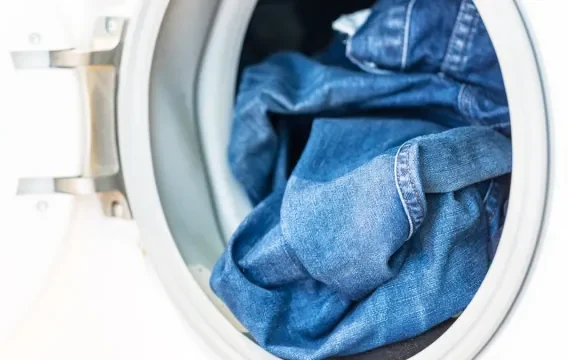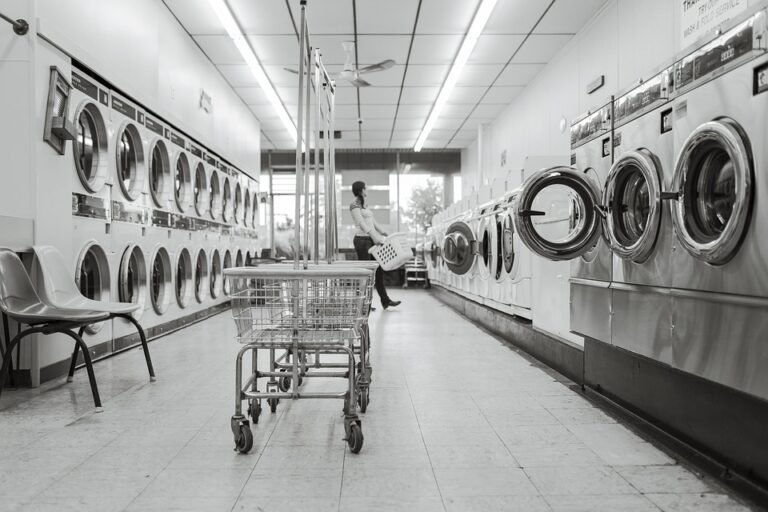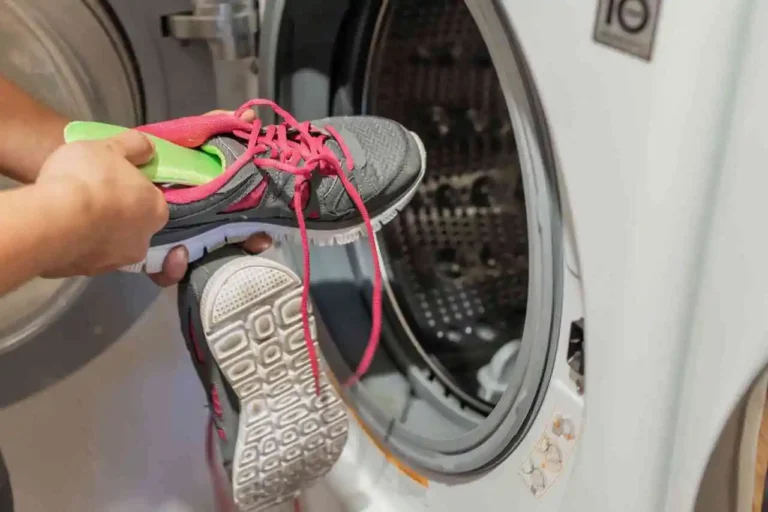How Long Is a Dryer Cycle: A Comprehensive Guide
In today’s fast-paced world, convenience is key, and that includes our laundry routines. Gone are the days of waiting endlessly for clothes to air dry. Instead, we rely on the trusty dryer for drying clothes and get the job done efficiently. But have you ever wondered, “How long is a dryer cycle?” Well, the answer isn’t as straightforward as you might think. In this article, we’ll explore the various factors that influence the duration of a dryer cycle, helping you better understand and optimize your laundry process.
what is a dryer cycle?
A dryer cycle is a process during which a clothes dryer, a household appliance designed for drying wet or damp clothing, operates to remove moisture from the items placed inside it. The primary purpose of a dryer cycle is to make clothes, towels, or other textiles dry and ready for use.
How Long Is a Dryer Cycle?
The duration of a dryer cycle of a typical dryer cycle can last anywhere from 30 minutes to over an 60 minutes.
how long is a standard dryer cycle?
A standard drying cycle for a full load of laundry, consisting of mixed fabrics and varying sizes, typically takes around 45 minutes to an hour.
how long is a heavy duty dryer cycle?
The duration of a heavy-duty dryer cycle for large and heavy items like towels, jeans, or comforters may require longer drying times, ranging from 60 minutes to 90 minutes or more, depending on their size and thickness.
how long is a tumble dryer cycle?
The duration of a tumble dryer cycle can vary depending on several factors. On average, a typical tumble dryer cycle can last anywhere from 30 minutes to over an hour.
how long is a jeans cycle dryer?
The duration of a jeans cycle in a dryer can vary depending on the specific dryer model, the load size, and the settings chosen. On average, a jeans cycle in a standard dryer typically lasts around 40 to 60 minutes.
How long does the fastest clothes dryer take?
The duration of the fastest clothes dryer is 34 minutes. This dryer is reported to be 47% faster than the average dryer, completing a drying cycle in just 34 minutes.
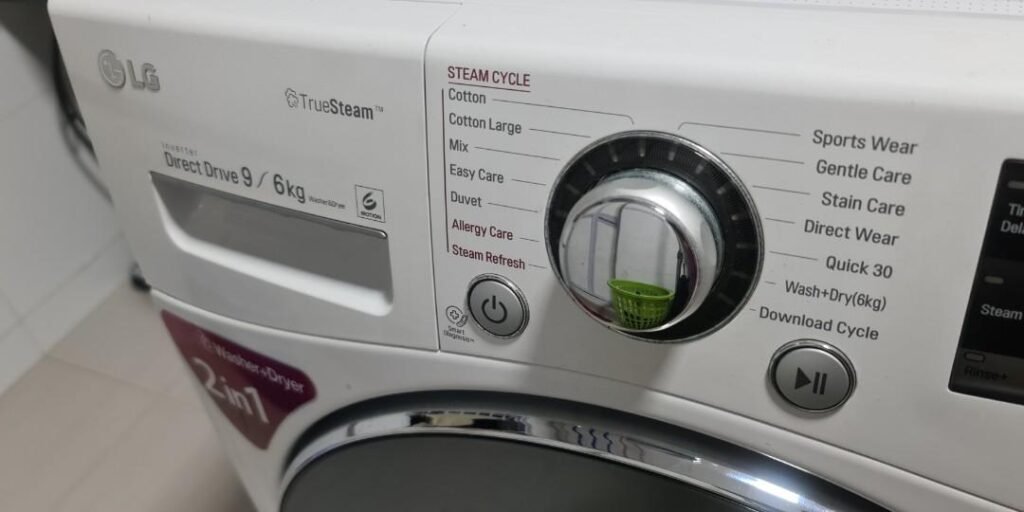
What are the key components that determine the duration of a dryer cycle?
The duration of a dryer cycle is influenced by several key components and factors, including:
- Fabric Type: The type of fabric being dried is a significant factor. Delicate fabrics like silk or lace usually require shorter and gentler drying cycles, while heavier materials like denim or towels may need longer drying times.
- Load Size: The volume of clothes placed in the dryer directly affects how long the cycle will take. Overloading the dryer can lead to longer drying times and less effective drying.
- Initial Moisture Level: The wetness of the clothes when they are put into the dryer matters. Clothes that are dripping wet after washing will take longer to dry than slightly damp items.
- Dryer Efficiency: The efficiency and technology of the dryer itself play a role. Newer, more advanced dryers tend to be more energy-efficient and may complete cycles faster than older models.
- Heat Settings: Most dryers offer different heat settings such as high, medium, and low. Higher heat settings can shorten drying times but may not be suitable for all fabrics, while lower heat settings take longer but are gentler on delicate items.
- Drying Mode: Dryers offer various drying modes, including timed dry and sensor dry. Timed dry allows you to set a specific drying duration, while sensor dry uses moisture sensors to determine when the clothes are dry, potentially saving time and energy.
- Cleanliness of the Lint Filter: A clean lint filter ensures proper airflow within the dryer, optimizing drying efficiency and reducing cycle times. Regularly cleaning the lint filter is essential.
- Load Separation: Separating loads based on fabric type and weight can help optimize drying times. Mixing heavy and lightweight fabrics in one load can lead to uneven drying and longer cycles.
- Load Distribution: Properly distributing the clothes inside the dryer drum can also affect drying times. Evenly spaced items will dry more efficiently than clumped or tangled ones.
- Ventilation: Adequate ventilation and proper installation of the dryer exhaust system are crucial. A well-ventilated dryer can expel moist air efficiently, speeding up the drying process.
- Altitude and Humidity: Environmental factors like altitude and humidity can impact drying times. Higher altitudes and humid conditions may slightly extend drying cycles.
- Maintenance: Regular maintenance of the dryer, including cleaning the exhaust vent and checking for any blockages, can ensure optimal performance and prevent longer drying times due to reduced airflow.
Is it possible to adjust the duration of a dryer cycle?
Yes, many dryers offer adjustable settings that allow users to customize the duration of a drying cycle. These settings typically include options for selecting heat levels, drying times, and specific cycle modes. By choosing the appropriate settings, users can influence and control how long the dryer cycle will run.
Does the length of a dryer cycle vary based on the type of fabric being dried?
Yes, the length of a dryer cycle can indeed vary based on the type of fabric being dried. Different fabrics have varying moisture retention properties, and some may require shorter or longer drying times to achieve the desired level of dryness. Delicate fabrics usually necessitate shorter, gentler drying cycles, while heavier materials like towels or jeans may require longer drying times.
Can a dryer cycle be interrupted and resumed without issues?
Most modern dryers are designed to allow users to interrupt a drying cycle without significant issues. You can open the dryer door to check the progress of your laundry or add or remove items during the cycle. However, it’s advisable to avoid interrupting a cycle frequently, as doing so can potentially affect the overall drying efficiency and the consistency of results.
Are there energy-saving settings that can shorten dryer cycles?
Yes, some energy-saving settings and features on modern dryers can help shorten drying cycles while reducing energy consumption. These settings may include:
- Sensor Technology: Many dryers have moisture sensors that detect when the clothes are dry and automatically stop the cycle, preventing over-drying and potentially shortening the cycle.
- High Heat Settings: Using higher heat settings can speed up drying times but should be chosen cautiously based on fabric care instructions.
- Load Size Detection: Some dryers have load size detection features that adjust the drying time based on the amount of laundry in the drum, optimizing efficiency.
- Timed Dry Options: Timed dry settings allow users to set a specific duration for the cycle, which can be adjusted to shorten or lengthen the cycle as needed.

how long should i dry my clothes?
The ideal drying time for your clothes depends on several factors, including the type of fabric, the specific garments, the dryer settings, and your preferences. Here are some general guidelines to help you determine how long to dry your clothes:
- Fabric Type: Different fabrics require different drying times. Delicate fabrics like silk or lace should be dried for a shorter duration, typically around 15 to 30 minutes. Medium-weight fabrics like cotton or polyester may need 30 to 45 minutes. Heavier items like jeans or towels may take 45 minutes to an hour or more.
- Garment Type: Consider the type of clothing you’re drying. Thinner items like t-shirts and socks will dry faster than thicker items like sweaters or hoodies.
- Load Size: The size of your laundry load affects drying time. A larger load will generally take longer to dry than a smaller one.
- Moisture Level: If your clothes are very wet after washing, they will take longer to dry. To reduce drying time, you can spin the clothes in your washing machine at a higher speed to remove excess water before transferring them to the dryer.
- Dryer Settings: The heat setting and drying mode you choose will also impact drying time. High heat settings will dry clothes faster than low heat settings, but they may not be suitable for all fabrics. Many modern dryers have sensor technology that can automatically determine when the clothes are dry, which can help optimize drying times.
- Personal Preference: Ultimately, the ideal drying time can also be a matter of personal preference. Some people prefer their clothes to be slightly damp when removed from the dryer, while others prefer them to be completely dry. Adjust the drying time to achieve your desired level of dryness.
- Environmental Factors: Factors like humidity and altitude can affect drying times. In areas with high humidity, it may take longer for clothes to dry. At higher altitudes, drying times can be shorter due to lower atmospheric pressure.
It’s important to consult the care labels on your clothing for specific drying instructions. Over-drying clothes can lead to shrinkage and damage, so it’s better to err on the side of slightly under-drying if you’re unsure. If your dryer has a timer or sensor function, you can use these features to help achieve the desired level of dryness. Additionally, regularly cleaning the lint filter and ensuring proper ventilation will help maintain efficient drying times.
what are the Factors that Influence Dryer Cycle Duration?
Fabric Type Matters
One of the most significant factors affecting dryer cycle duration is the type of fabric you’re drying. Delicate fabrics like silk or lace require shorter and gentler cycles, while heavier materials like denim or towels may need longer drying times. Read can i put a pillow in the dryer guide post.
Size of the Load
The volume of clothes in your dryer directly impacts how long a cycle will take. Overloading your dryer can lead to longer drying times and potentially subpar results.
Moisture Levels
Another critical consideration is the initial moisture level of your laundry. If your clothes are dripping wet after washing, expect a longer drying cycle compared to slightly damp items.
Dryer Efficiency
Newer dryers equipped with advanced technology tend to be more energy-efficient and may complete cycles faster than older models.
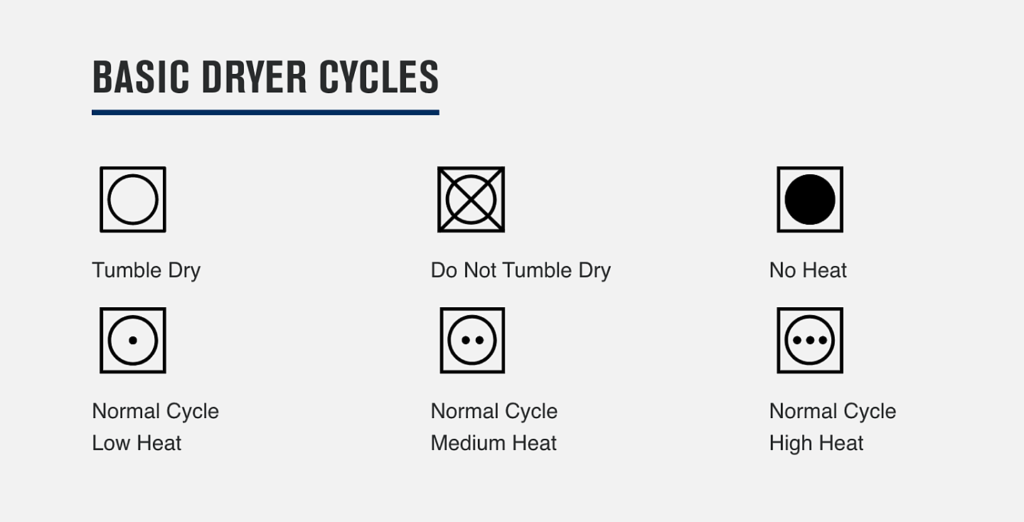
what are the Different Dryer Settings?
High Heat vs. Low Heat
Most dryers offer heat settings such as high, medium, and low heat. Using high heat will shorten the drying time but may not be suitable for all fabrics. Low heat settings take longer but are gentler on delicate items.
Timed Dry vs. Sensor Dry
Dryers also feature different drying modes. Timed dry allows you to set a specific drying duration, while sensor dry uses moisture sensors to determine when your clothes are dry, potentially saving time and energy.
what are the Energy-Efficient Tips?
Clean the Lint Filter
Regularly cleaning the lint filter ensures proper airflow, optimizing drying efficiency and reducing cycle times.
Separate Loads
Avoid mixing heavy and lightweight fabrics in one load, as this can lead to uneven drying and longer cycles.
Don’t Overload
Resist the temptation to stuff your dryer to capacity. Overloading can extend drying times and increase wear and tear on your machine.
Conclusion
How long is a dryer cycle?, the duration of a dryer cycle depends on various factors, including fabric type, load size, initial moisture levels, and the efficiency of your dryer. To make the most of your laundry experience, it’s essential to understand these factors and use them to your advantage. By following the tips mentioned here, you can optimize your dryer cycles, save time, and enjoy perfectly dry clothes.
FAQs How long is a dryer cycle
1. Can I speed up the drying process?
Yes, you can by using higher heat settings, but be cautious with delicate fabrics.
2. How often should I clean the lint filter?
Cleaning the lint filter after every cycle is recommended for optimal efficiency.
3. Is it better to use timed dry or sensor dry?
Sensor dry is more energy-efficient as it stops the cycle when the clothes are dry, saving you time and money.
4. What if my dryer still takes too long?
If your dryer consistently takes too long, it may be a sign of a malfunction, and you should consider professional maintenance.
5. Is 30 minutes enough to dry clothes?
Yes, the sufficiency of a 30-minute drying cycle depends on various factors, including the type of fabric, the initial moisture level, the load size, and the specific dryer settings. For some lightweight and less damp loads, 30 minutes might be sufficient. However, heavier or thicker fabrics and larger loads may require longer drying times to ensure that the clothes are fully dry. It’s essential to adjust the drying duration based on your specific laundry items and needs.
6. How long does a dryer take to fully dry?
No, the time it takes for a dryer to fully dry clothes cannot be specified precisely, as it varies widely depending on multiple factors, including the dryer’s technology, heat settings, fabric type, load size, and initial dampness of the clothes. In general, a standard drying cycle for a mixed load can take anywhere from 30 minutes to over an hour. Heavier items or larger loads may extend the drying time. To ensure clothes are fully dry, it’s recommended to follow the garment care labels and use the appropriate settings on your dryer.
7. Why does my dryer take 2 hours to dry clothes?
If your dryer is taking a long time, such as 2 hours, to dry clothes, several factors could be contributing to the extended drying time. Common reasons include overloading the dryer, using low heat settings, clogged lint filters or exhaust vents, or drying very wet items. It’s advisable to check and address these issues to optimize drying efficiency and reduce cycle duration. If problems persist, professional maintenance may be needed.
8. Is 50 minutes enough for dryer?
No, the sufficiency of a 50-minute drying cycle depends on various factors, including fabric type, load size, and initial moisture level. For many standard loads of mixed fabrics, 50 minutes may be sufficient to achieve dryness. However, it’s essential to monitor the drying progress and adjust the duration or settings as needed. Heavier or larger loads might require a longer cycle, while lighter loads could potentially dry in less time.


